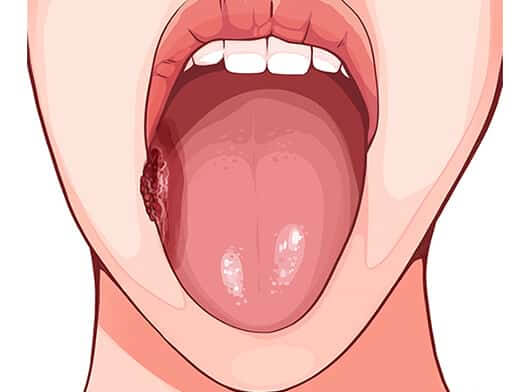-
Imaging
- Laboratory
-
Computed tomography (CT) scan – It is a diagnostic imaging procedure that uses x-rays to build cross-sectional images of the body. It also helps to identify the spread of cancer.
-
Magnetic resonance imaging (MRI) – It is a diagnostic tool that uses the interaction of radio waves and magnetic field, which is processed in a high-speed computer system to produce detailed scan pictures of the tissue, organs, bones, ligament, and cartilage. It may be useful in detecting tumours and their metastases. This diagnostic technique offers greater soft tissue contrast than a CT scan.
-
PET CT–It is a diagnostic tool that is used to assess spread to regional nodes or distant metastases to other parts of the body. It provides functional and morphological details by utilising radiation derived from Isotope labelled Glucose molecules to detect cellular glucose uptake in cancer. Post-surgery, it also helps to differentiate between scar tissue and tumour cells.
-
Ultrasound-guided Fine Needle Aspiration Cytology (FNAC)/ Punch biopsy – It is a procedure done under local anaesthesia to collect samples of tissue/ fluid from the enlarged gland in the neck.


